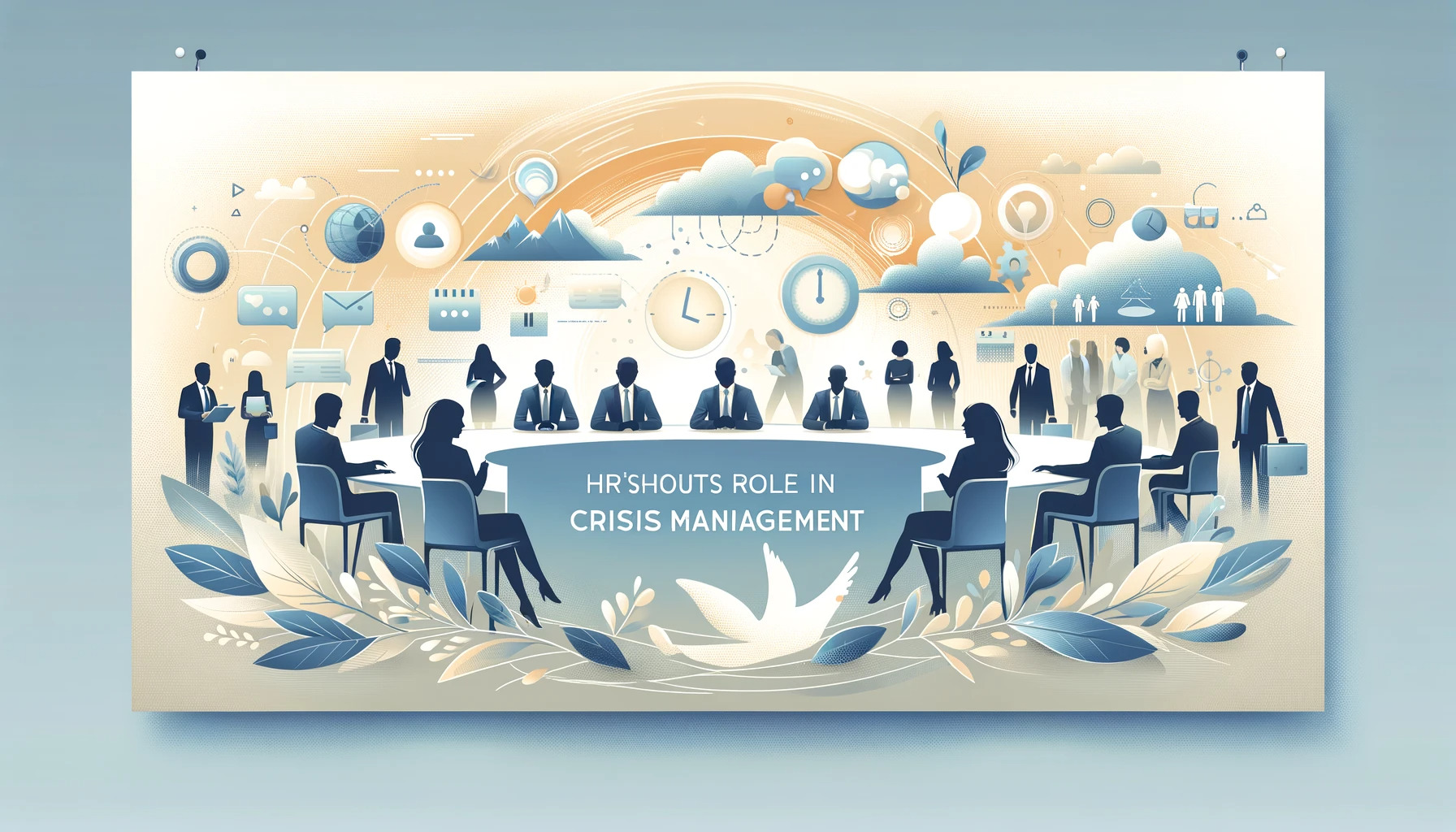We’ve been told repeatedly to take more time off work. However, many people today feel that nagging sensation in the back of their minds that forces them to keep working. For some, it’s because they feel guilty when resting. The common notion is that we lose more than we gain from taking a much-needed breather.
But many studies and statistics have surfaced over the years that show the opposite. Taking time off work has far more benefits than slaving non-stop from the start to the beginning of the year.
In this article, we will uncover several health and work advantages of taking time off work. Let’s dig in.
1) Reduce Stress while Taking Time Off from Work
A reported 40% of workers reported that their jobs were extremely stressful. That stress can cause many mental and physiological problems, including heart problems, risks of malignant cancer, and reduced physical functions, among many others.
Stress is a silent killer, causing us many physical maladies that can affect the quality of our lives and our work. Taking time off reduces stress levels and gives our bodies time to recuperate from work-related stressors. This alone brings many health benefits and helps avoid several health issues that could be detrimental to employees and- in extension- their work.
2) Improve Mental Health
When we don’t allow our minds to take necessary pauses from the demands of work, it can affect our mental health. Overwork can increase the chances of anxiety and depression. One common reason people find disconnecting from work hard is the fear of missing out. When left unchecked, that fear can lead to several mental health problems.
Taking time off from work allows your mind to rejuvenate and relax. As a result, you’ll have a much better mental state when you return to the office or open your emails. And remember to disconnect from emails when working!
3) Enhance Productivity by Taking Time Off from Work
One fallacy people believe is that rest is unproductive. However, several studies show that rest helps improve your mid- to long-term productivity. One study showed that year-end performance metrics for professionals who took 10 more vacation hours increased by 8%.
When you rest, your mind and body recalibrate. This allows you to return to work refreshed, inspired, and optimal. You’ll be able to get more done with less input and effort. You don’t even need to take time off to experience this benefit. Protect your day off, and when you log out of work; you’ll see improved performance when you’re on the job.
4) Get Better Physiological Health
Taking a break from work significantly improves physiological health. Continuous work stress can lead to chronic ailments like hypertension and heart disease. Conversely, time off allows the body to recover from stress-induced wear and tear.
Studies suggest that holidays and breaks lower blood pressure and stress hormone levels, enhancing overall health. During this downtime, it helps to engage in physical activities, prioritize sleep, and maintain a balanced diet. This restorative period is crucial for maintaining long-term health.
5) Time Off from Work Helps with Gaining Creativity and Clarity
Stepping away from the workplace lets you improve your creativity and mental clarity. Constant engagement in work tasks can cause mental fatigue and eventually suppress your creative thinking. Breaks help provide you with a refreshed and clear mindset when you work. This mental reset often sparks innovative thinking and problem-solving skills.
Incorporating activities like meditation, exploring new environments, or indulging in creative hobbies can further enhance this effect. Some of the most creative ideas emerge during periods of relaxation. This should highlight everyone’s need for regular time off to sustain creativity and mental sharpness at work.
6) Avoid Burnout
Vacations and breaks are key in preventing burnout, a state of physical, emotional, and mental exhaustion caused by prolonged stress. Regular time off helps in decompressing and disengaging from work-related pressures. More than 50% of managers feel burned out.
It’s time to stop thinking of downtime as a luxury; it’s necessary for mental health. Through these moments of restoration, you experience emotional recuperation and prevent excessive stress buildup.
During these periods, engaging in relaxing activities or pursuing personal interests can significantly replenish energy and motivation. Employers should encourage and facilitate regular breaks to maintain a healthy, productive workforce, recognizing that preventing burnout is integral to long-term success and employee well-being.
Create More Work-Life Balance
It doesn’t take someone with a PhD in Psychology to tell you that rest is important for your physical and mental state. Regular time off is fundamental to establishing a healthy work-life balance. Persistent work without adequate breaks often results in a neglected personal life and strained relationships.
Professionals should take time off to reconnect with their personal lives, engage in family activities, pursue hobbies, and relax. You must maintain a healthy boundary between work and personal life to do this.
Rest is highly crucial for overall well-being. It ensures professional fulfillment and personal happiness. It’s time employers and employees stop viewing time off as a hindrance to work. We must recognize the value of time off for organizations and our employees alike.









